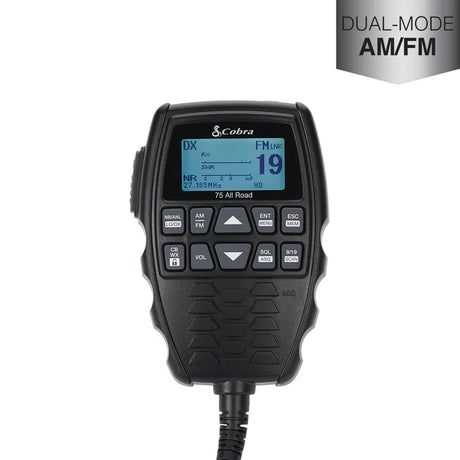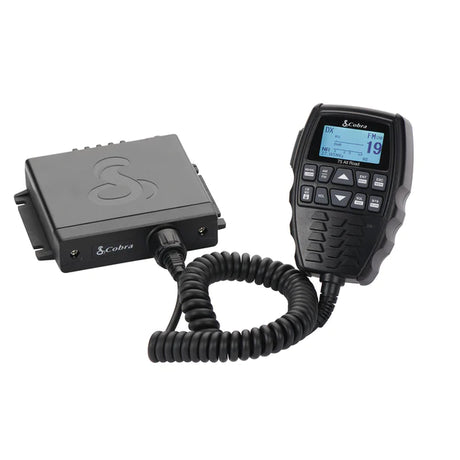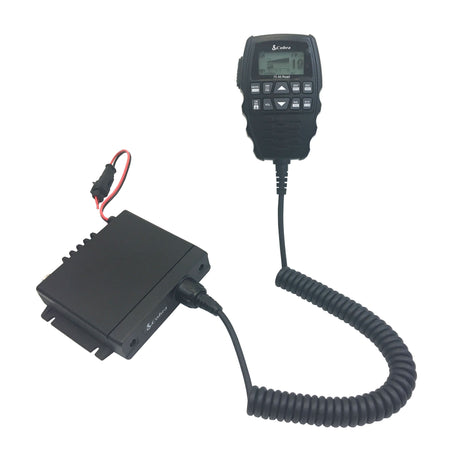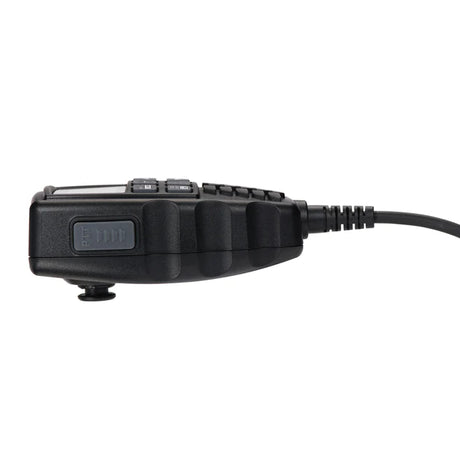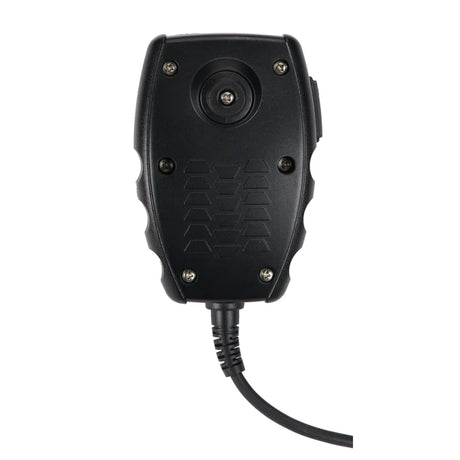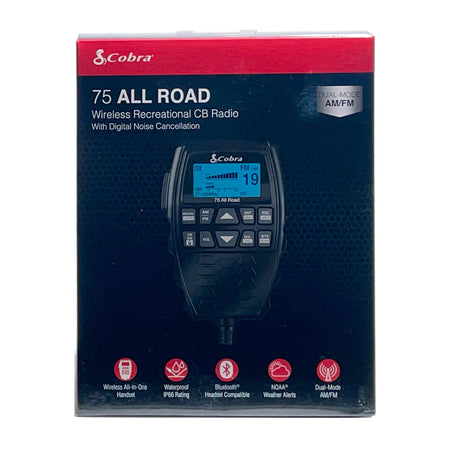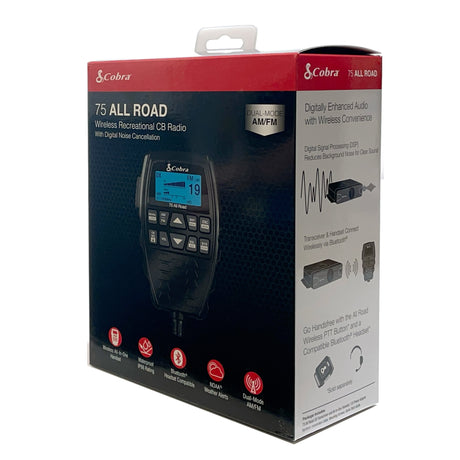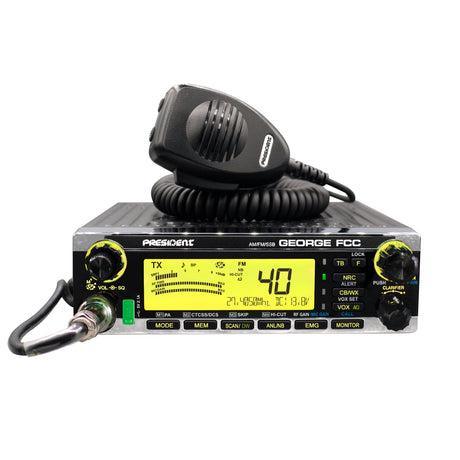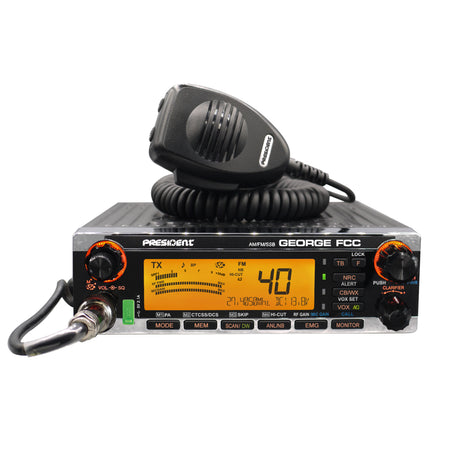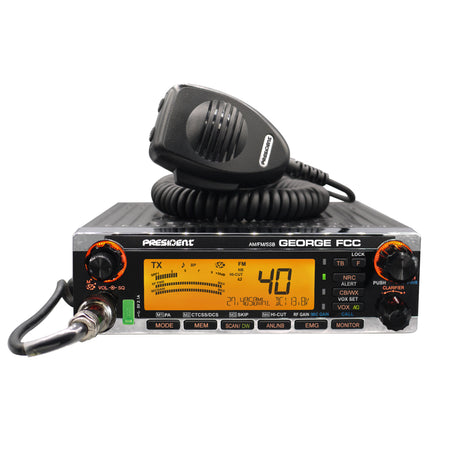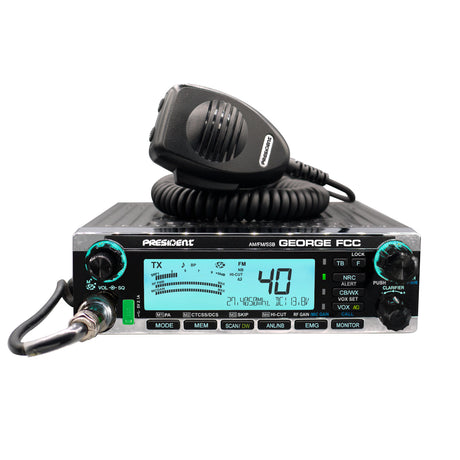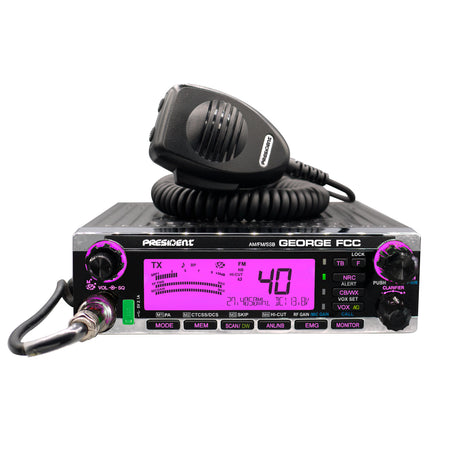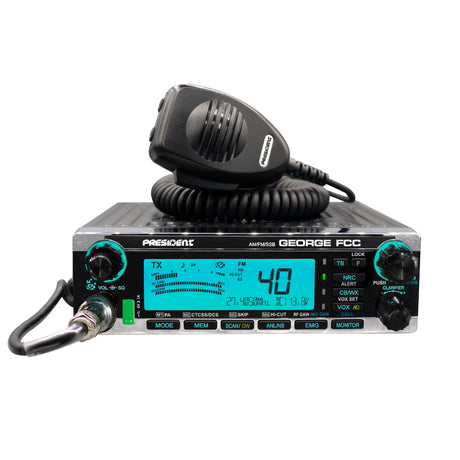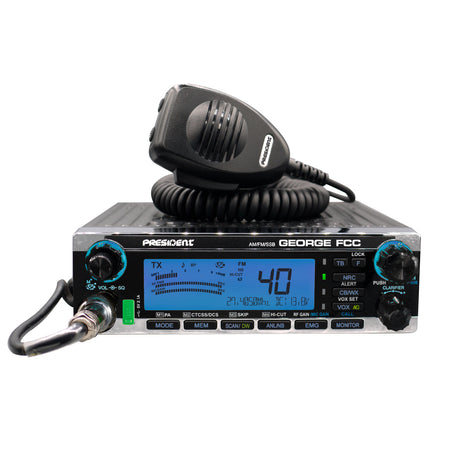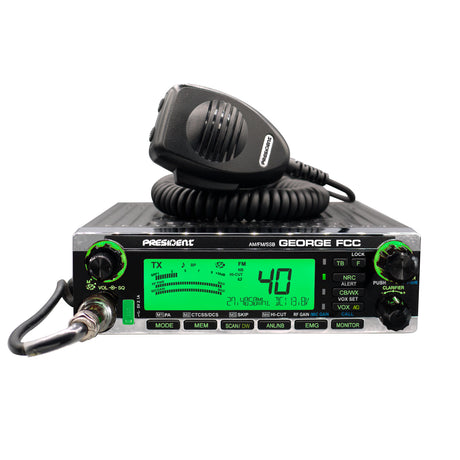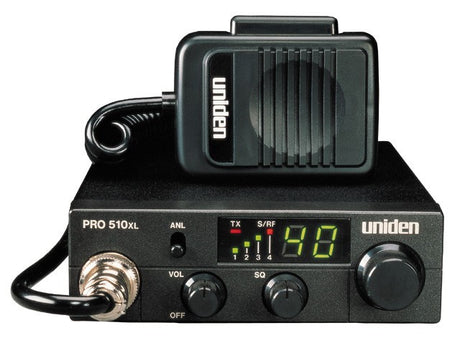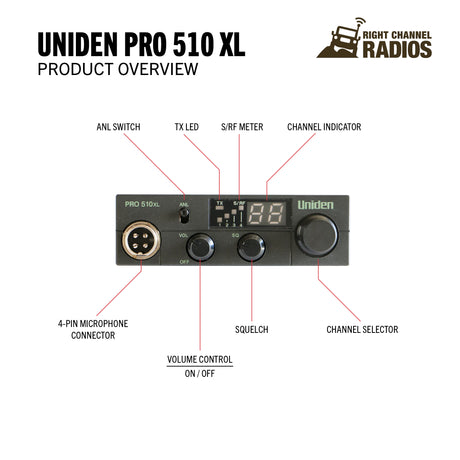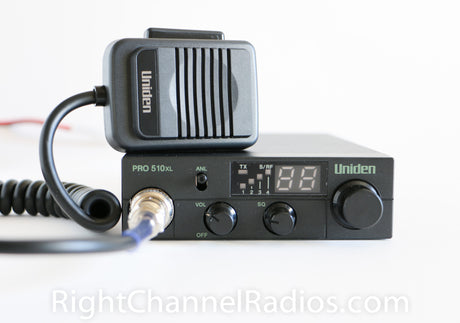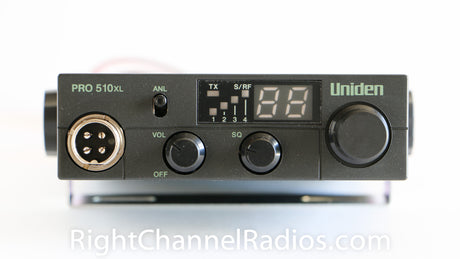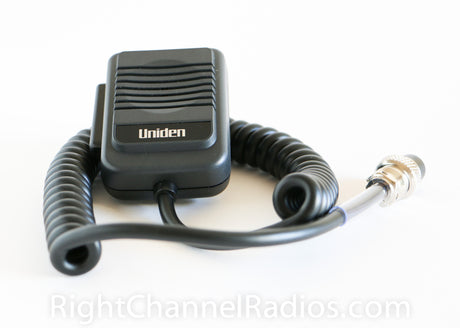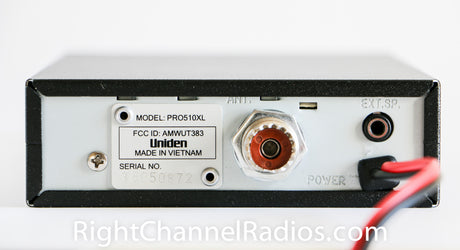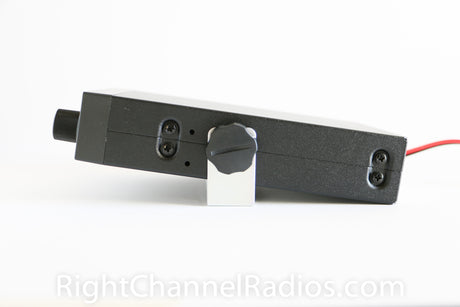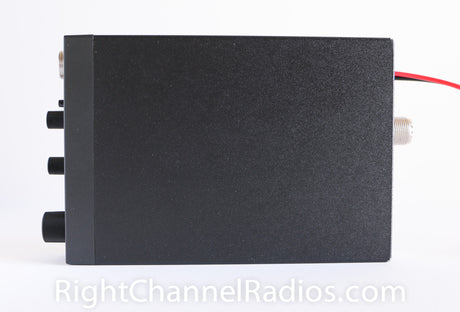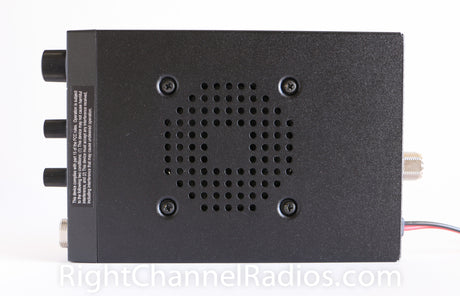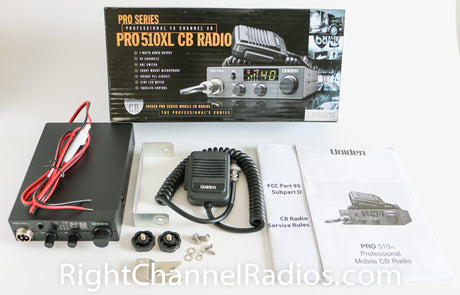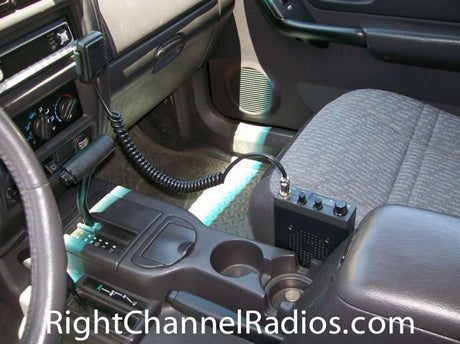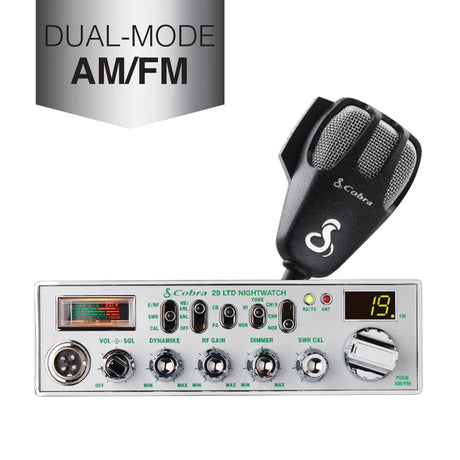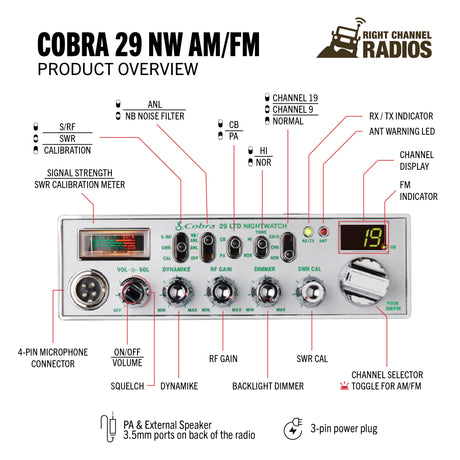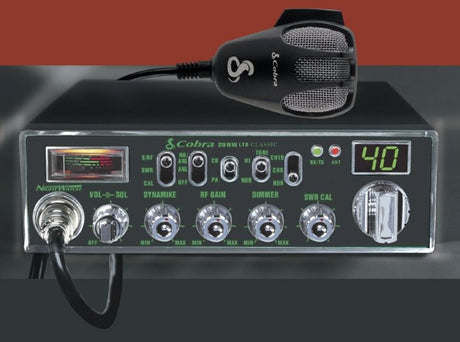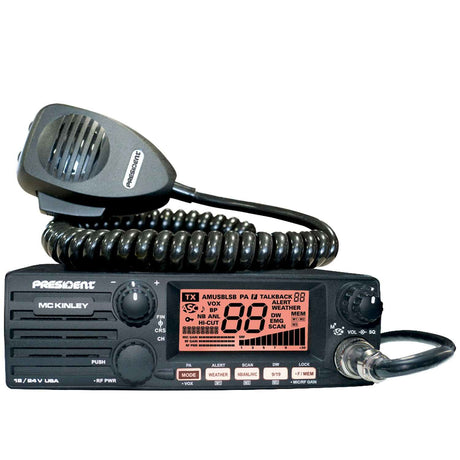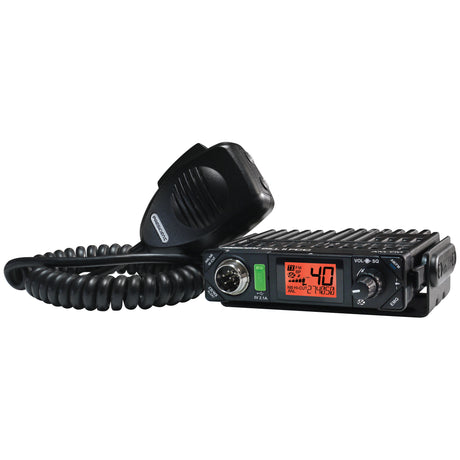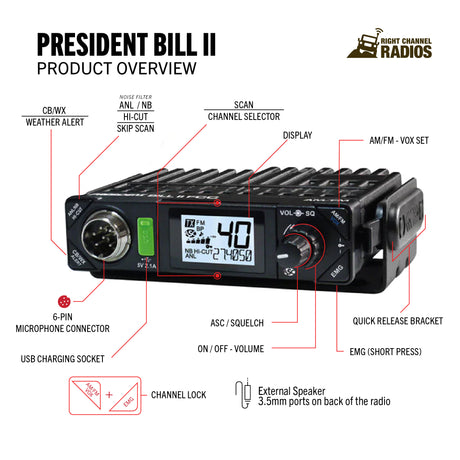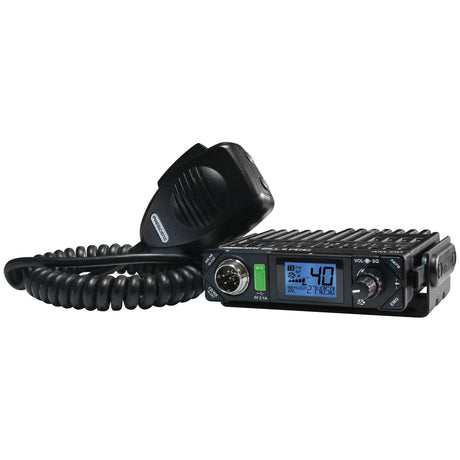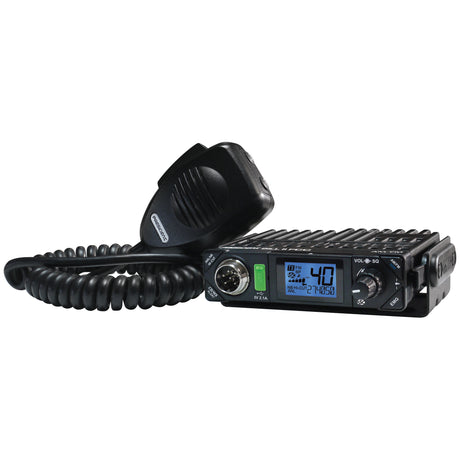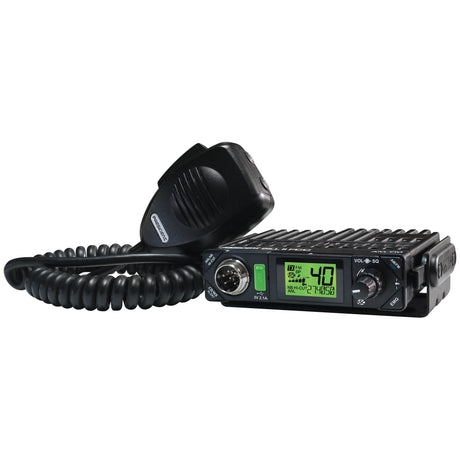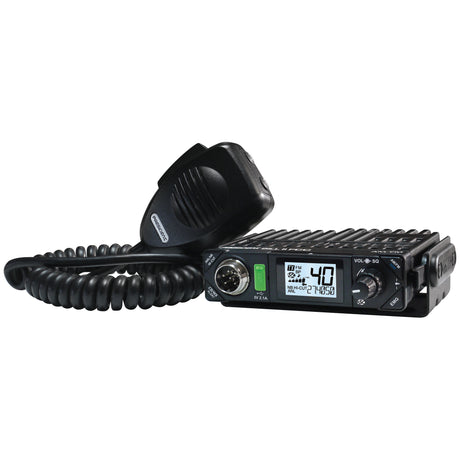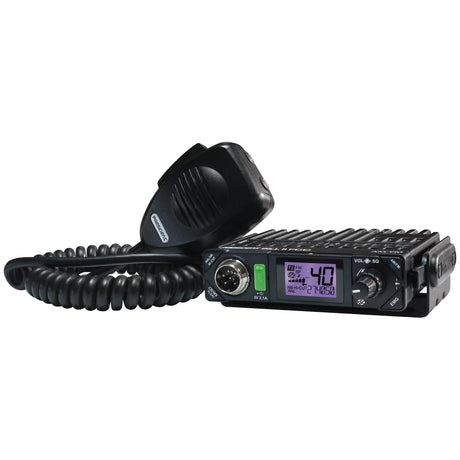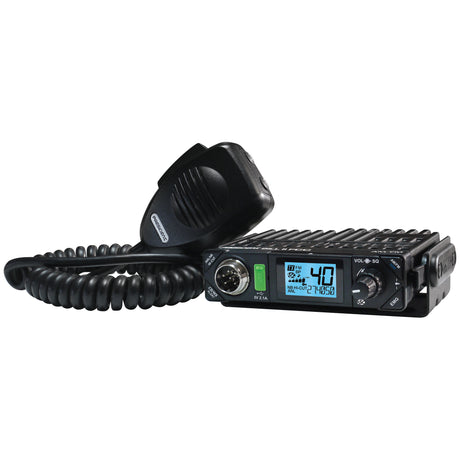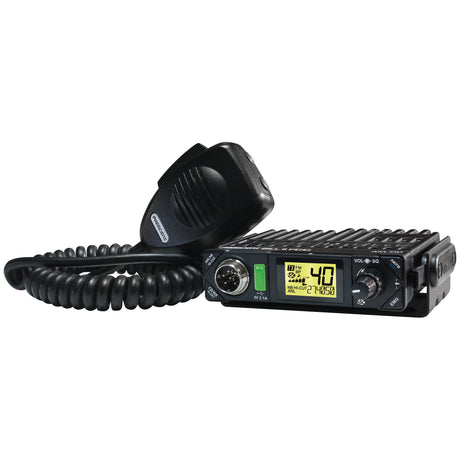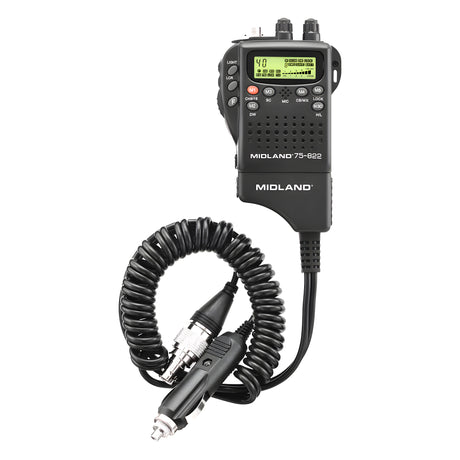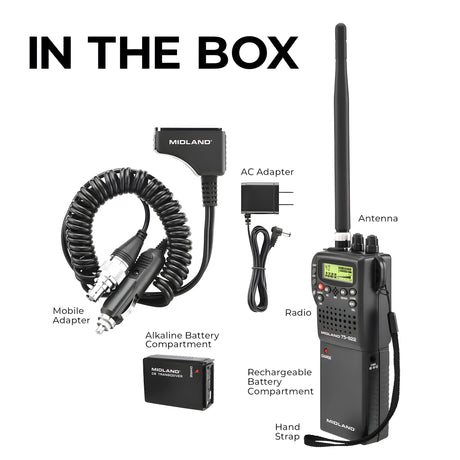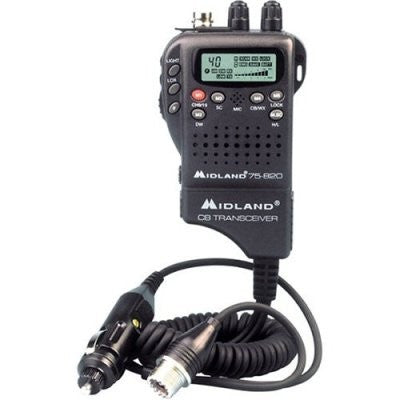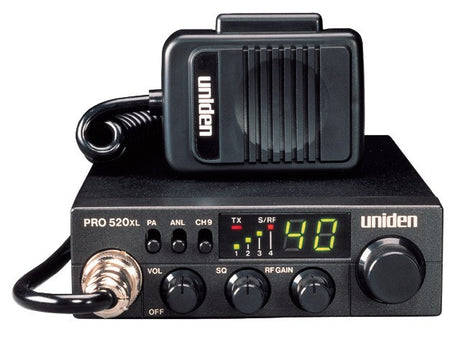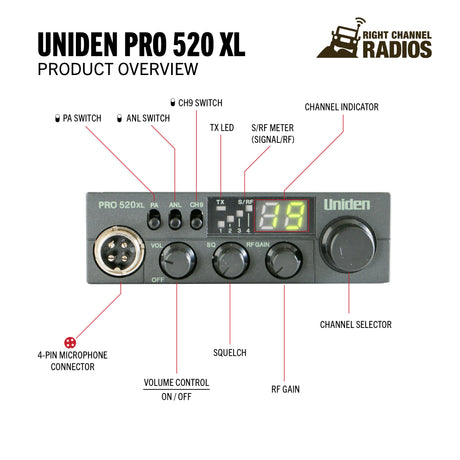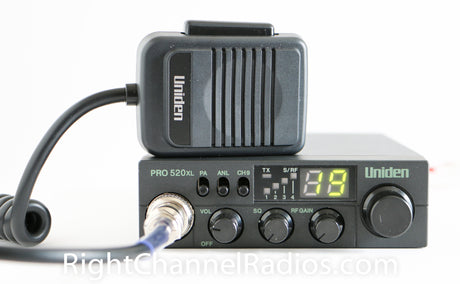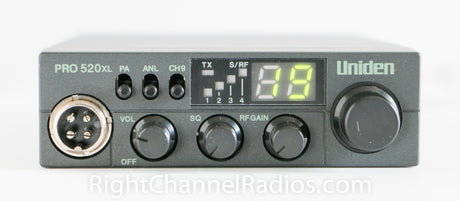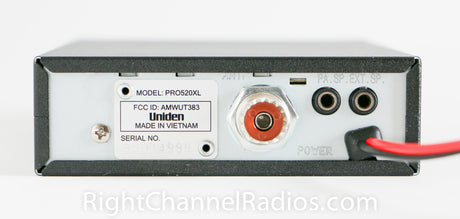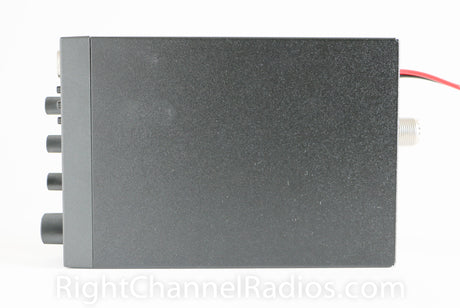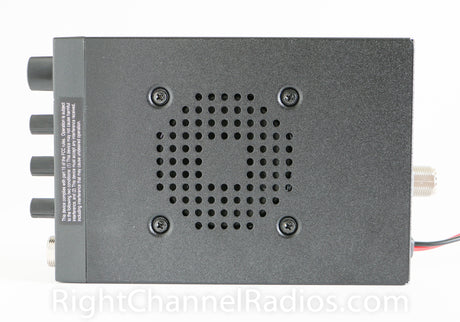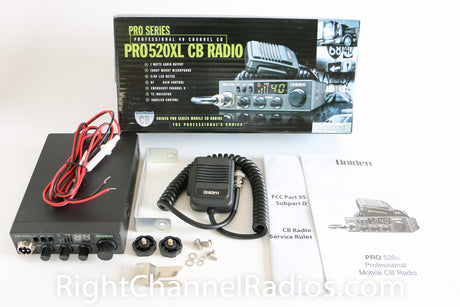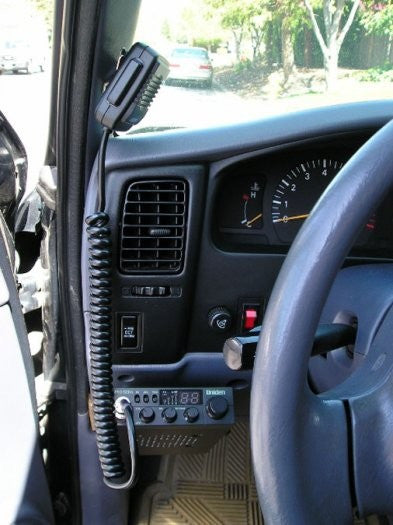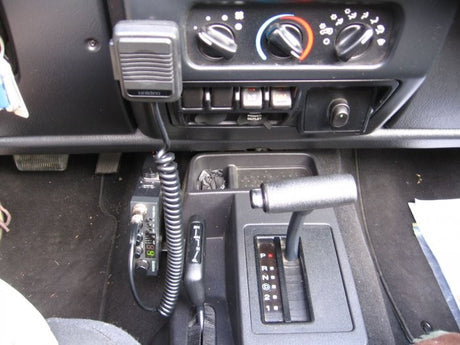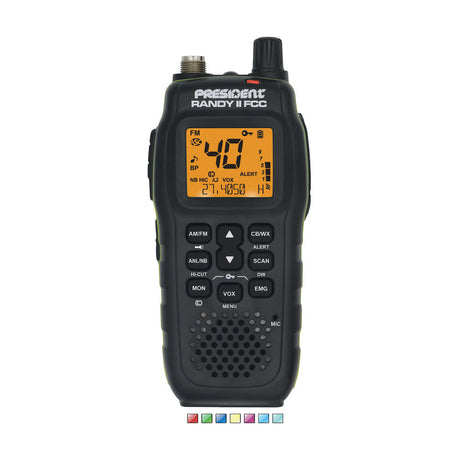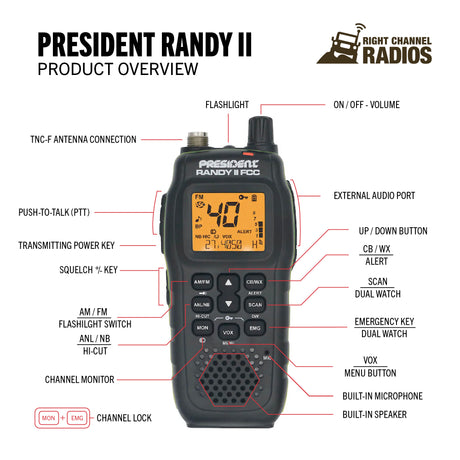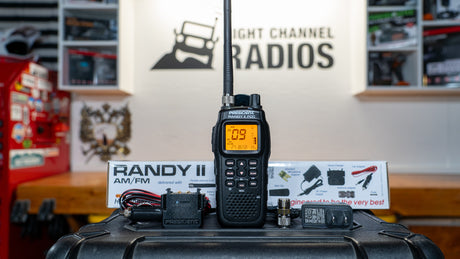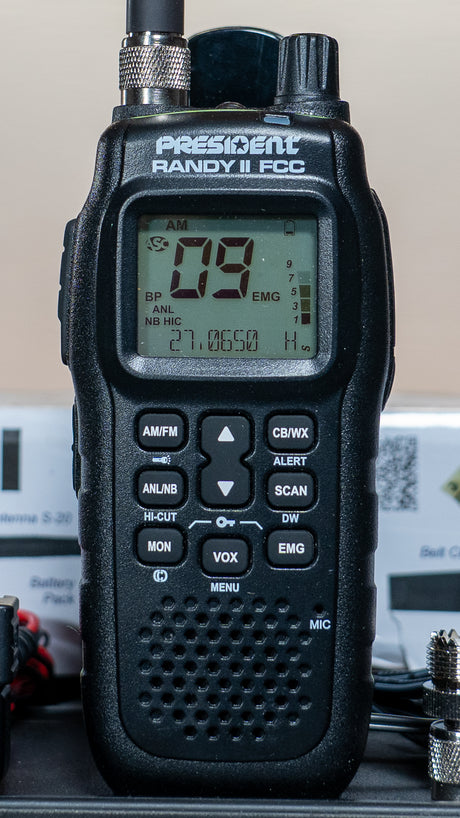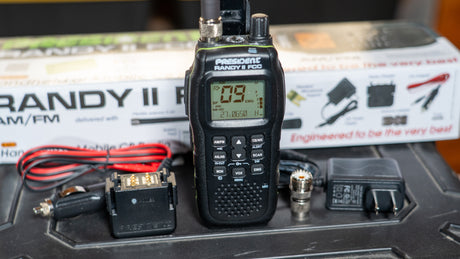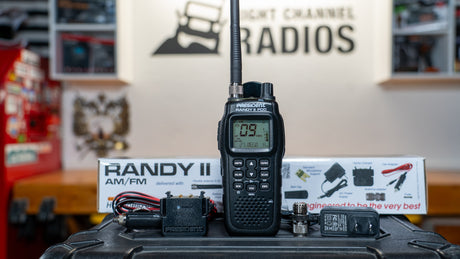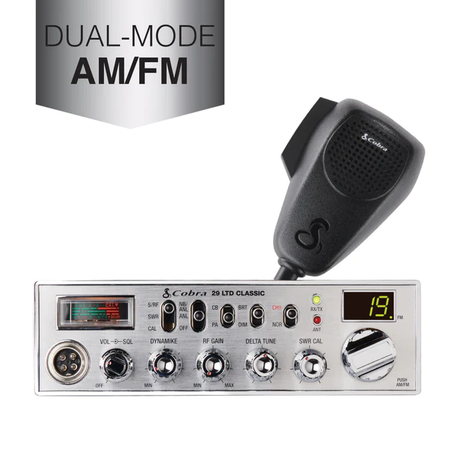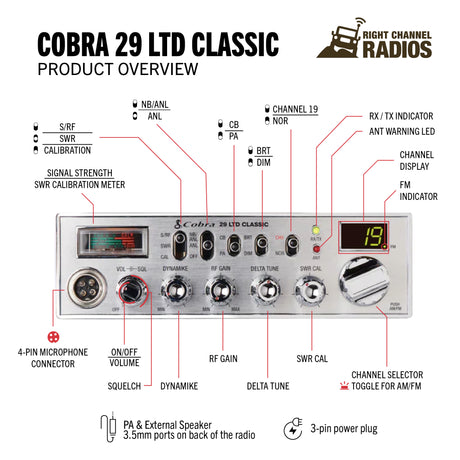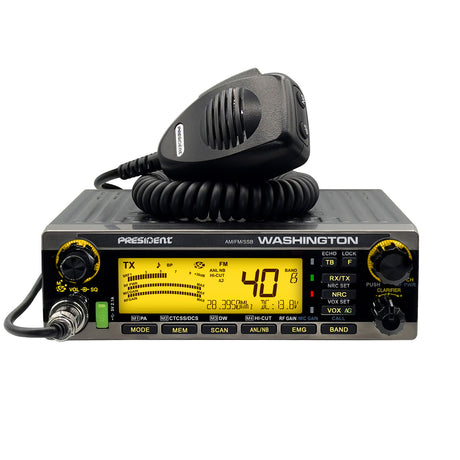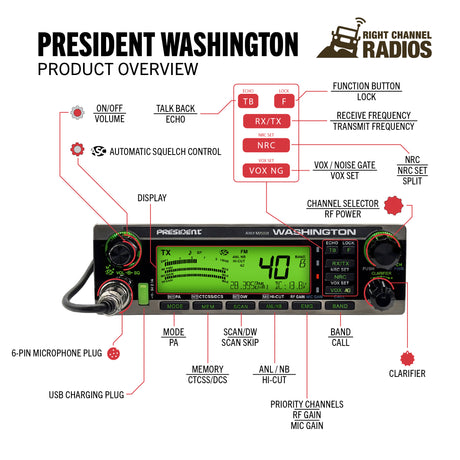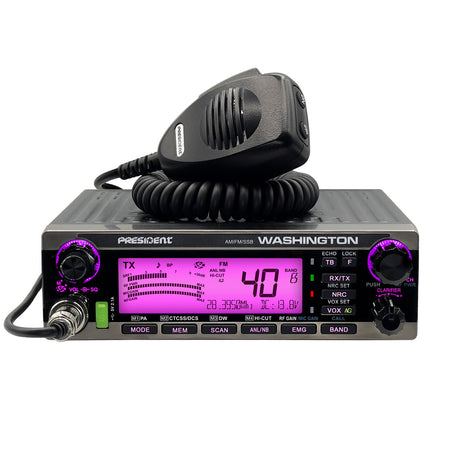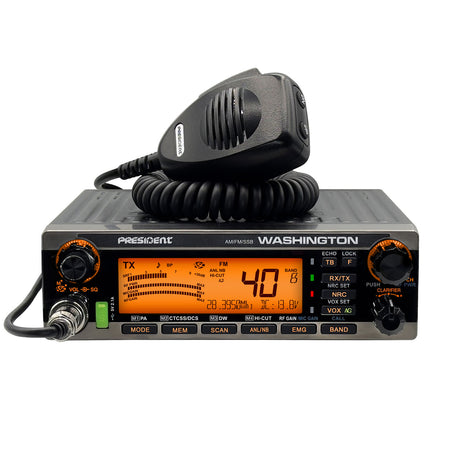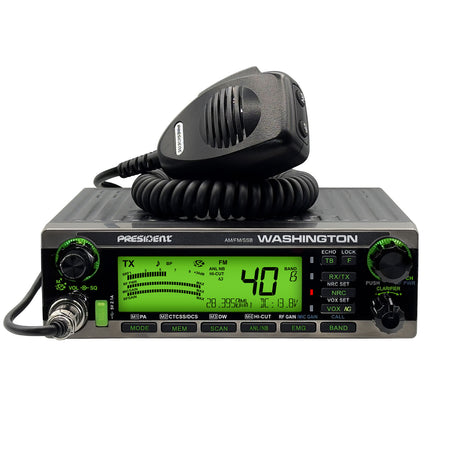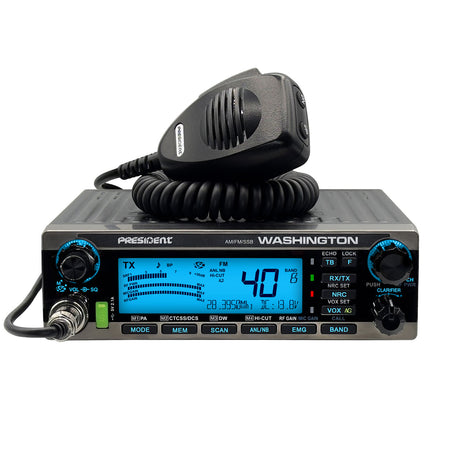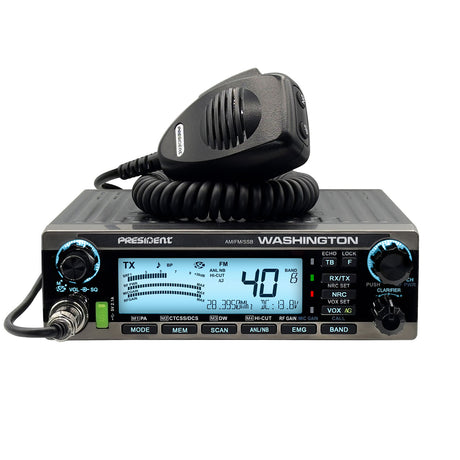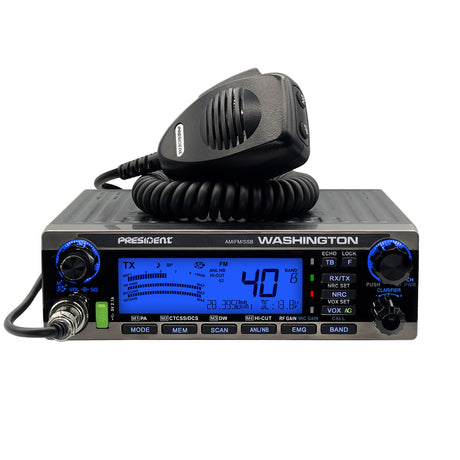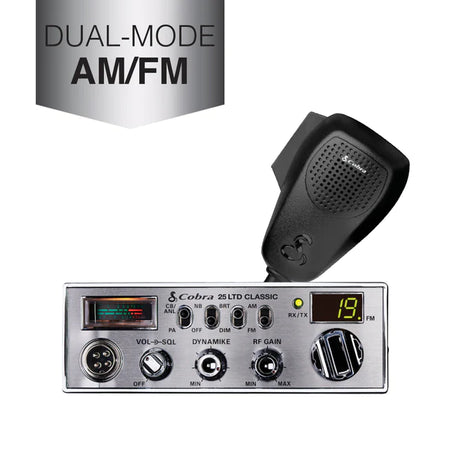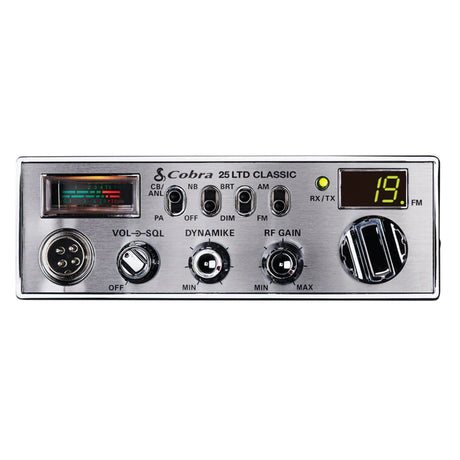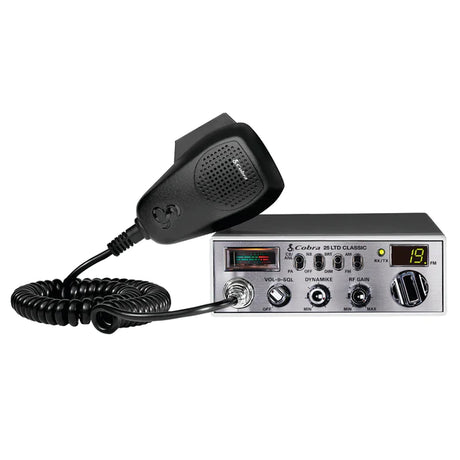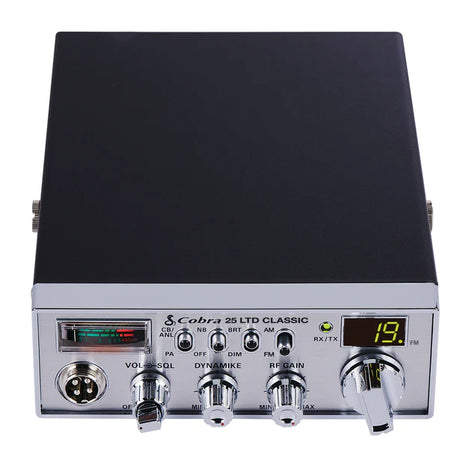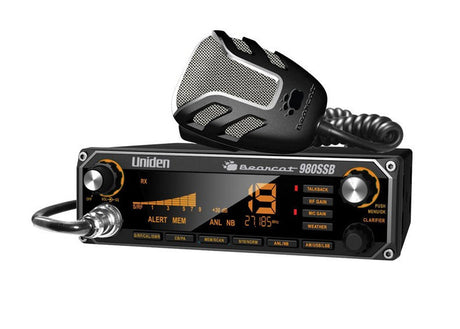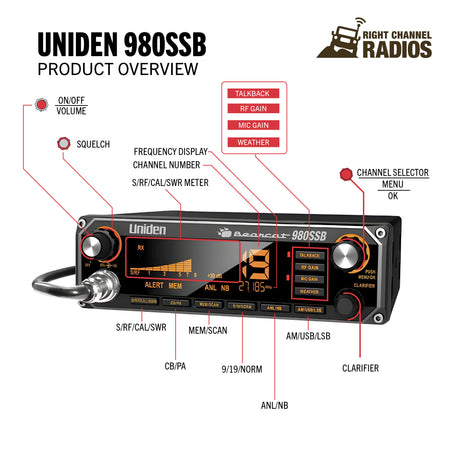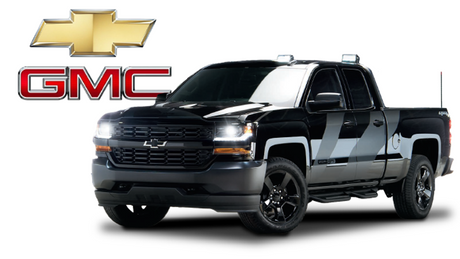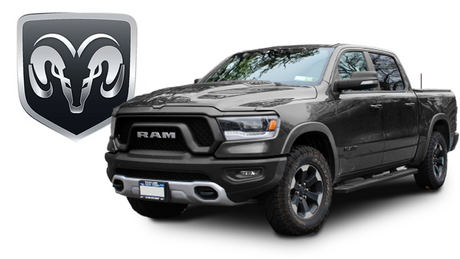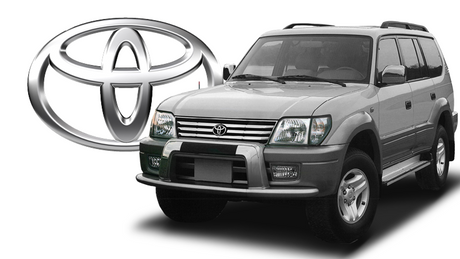CB Radio Information
The CB Radio spectrum is broken up into 40 channels with CB frequencies ranging from 26.965 to 27.405 MHz. Channels are generally spaced 10 KHz apart. While these channels are open to everyone, some have commonly agreed upon purposes, which are noted in the table below. Examples include Channel 9 (reserved for emergency communications) and Channel 19, which is mostly used by truckers. If you want specific information or want to share messages on these channels, you are welcome to do so or just switch over for a listen. A fair warning though: truckers have their own handles and slang, and chatty visitors are not always welcome. So be prepared and know what you're in for if you jump on 19 as an outsider.
CB Radio Channels, Frequencies, and Usage
| CB Channel | CB Frequency (MHz) | Common Usage |
|---|---|---|
| 1 | 26.965 | Open to everyone |
| 2 | 26.975 | Open to everyone |
| 3 | 26.985 | Open to everyone |
| 4 | 27.005 | Open to everyone - Often used for 4x4s/off-roading |
| 5 | 27.015 | Open to everyone |
| 6 | 27.025 | Open to everyone |
| 7 | 27.035 | Open to everyone |
| 8 | 27.055 | Open to everyone |
| 9 | 27.065 | Emergency communications |
| 10 | 27.075 | Open to everyone - Often used by truckers for regional roads |
| 11 | 27.085 | Open to everyone |
| 12 | 27.105 | Open to everyone |
| 13 | 27.115 | Open to everyone - often used by marine/RVers |
| 14 | 27.125 | Open to everyone - often used by walkie-talkies |
| 15 | 27.135 | Open to everyone |
| 16 | 27.155 | Open to everyone (and SSB) |
| 17 | 27.165 | Open to everyone - often used by truckers re: north/south traffic |
| 18 | 27.175 | Open to everyone |
| 19 | 27.185 | Truckers re: East/West Highway Traffic |
| 20 | 27.205 | Open to everyone |
| 21 | 27.215 | Open to everyone - Often used by truckers for regional roads |
| 22 | 27.225 | Open to everyone |
| 23 | 27.255 | Open to everyone |
| 24 | 27.235 | Open to everyone |
| 25 | 27.245 | Open to everyone |
| 26 | 27.265 | Open to everyone |
| 27 | 27.275 | Open to everyone |
| 28 | 27.285 | Open to everyone |
| 29 | 27.295 | Open to everyone |
| 30 | 27.305 | Open to everyone |
| 31 | 27.315 | Open to everyone |
| 32 | 27.325 | Open to everyone |
| 33 | 27.335 | Open to everyone |
| 34 | 27.345 | Open to everyone |
| 35 | 27.355 | Open to everyone |
| 36 | 27.365 | Open to everyone (and SSB) |
| 37 | 27.375 | Open to everyone (and SSB) |
| 38 | 27.385 | Open to everyone (and SSB, LSB) |
| 39 | 27.395 | Open to everyone (and SSB) |
| 40 | 27.405 | Open to everyone (and SSB) |
Why only these 40 Channels for CB Radios?
Simply, other frequencies belong to other kinds of operators. Above these CB Radio Frequencies (27.430, 27.450, 27.470, 27.490, 27.510, and 27.530 MHz) are channels for the Business Radio Service, which is part of the VHF and UHF two-way radio bands. The federal government controls 27.540 up to 28.000 frequencies and 26.480 to 26.960 belong to the U.S. military. The Civil Air Patrol, part of the U.S.A.F., is assigned 26.620 MHz, although now the CAP uses VHF frequencies more often. The 10-meter amateur radio (Ham) band runs from 28.000 to 29.700 MHz.
It is illegal to use frequencies or channels outside the CB range or within the 11 meter (above or below the 10 kHz) frequency, something referred to as freebanding. Freebanding can be tempting, especially when our frequencies are feeling a little crowded and those just above or below are nice and quiet. And as a community often characterized as rebellious, I understand the titillating call to do something I've been told not to. Yet, I recommend fighting the urge and steering clear. Since these frequencies belong to other operators, some of whom being the federal government, utilizing these is risky territory as legal operators on these channels are very keen to report you and the Federal Communication Commission (FCC) cracks down on such behavior with one of more of the following:
- A Notice of Apparent Liability
- A $10,000+ fine
- The seizure of your radio equipment
- Suspension of any/all FCC licenses
To avoid a painful and annoying FCC crackdown, we advise you to stay within our 40 CB Radio channels.
If this information really sparked your interest in government regulations, you can find out more about the laws surrounding CB Radio use on the FCC's website.
For more CB Radio Technical Information and Installation Resources, visit our Learning Center.



